All-in-one Flex1553 PCIe card
The Flex1553 PCIe is a PCIe card featuring state-of-the-art MIL-STD-153, ARINC 429, Discrete and ASYNC RS-422/485 I/Os.
Choice of boards and I/O modules
MAX Technologies' carrier board products are based on a modular and multi-protocol architecture using intelligent devices available on a variety of platforms with highly integrated software tools.
Our hardware products include intelligent carrier boards for PCI Express and PXI Express with various Databus protocols, analog and digital I/O mezzanine modules.
Mezzanine modules are available for ARINC 429/561/568/629/708/717, Serial ASYNC RS-232/422/485, CSDB, ASCB, HDLC/SDLC, MIL-STD-1553, Pulse/Frequency generator, Analog and Discrete I/O and more.
Moreover, multiple protocols can be implemented and run simultaneously on a single carrier board and all the data transferred is time-synchronized, even between multiple protocols and multiple boards.
How to pick a carrier?
The MAXPCIe 502 and MAXPXIe 500 carriers are the latest MAX Technologies PCI-Express mezzanine carrier PC Cards. They are recommended over the legacy PCI carrier boards for new bench designs. The MAXPCIe 502 and MAXPXIe 500 carriers can be controlled with the MX Foundation 4 API.
Our legacy Series-400 cards, with the PCI-400-2, PCI-400 and PXI-400, can be used for existing bench duplicates.
Choice of modules and cables
Carrier boards must be used with MAX Technologies mezzanine I/Os modules. The I/O modules are mounted onto the carriers and support ARINC 429/561/568/629/708/717, ASYNC RS-232/422/485, CSDB, ASCB, HDLC/SDLC, MIL-STD-1553, Pulse/Frequency generator, Analog and Discrete I/O and more.
Cables are available for purchase as well. Standard length is 150 cm or 60 inches. Custom lengths are available upon request.
Using MXF-Server with PCI Express / PXI Express cards
Carriers are always inserted in a PC or a chassis controlled by a PC and are usually programmed and controlled locally using test software running on the PC.
However, with MXF-Server, the PCI Express or PXI Express cards can be accessed remotely over Ethernet. To do this, the cards are installed in a PC or a PC-controlled chassis and MXF-Server is installed and launched. Any computer on the same network can then connect to the target PC and communicate with the cards and modules via Ethernet.
MAXIM and MAXIM AIR applications
MAXIM addresses the need for various test & measurement solutions that engineers and technicians can easily use and customize to fit their specific requirements.
MAXIM provides multi-protocol support in a single, powerful and easy-to-use software. With MAXIM, there is no need to buy, learn and maintain several different simulation and analysis software solutions. Whether your project involves designing, validation, manufacturing, simulation, testing, maintenance, certification or any other process, you need an integrated and flexible solution. MAXIM’s “project-based” environment is easy-to-use and ready for expansion to support a variety of T&M communication protocols and legacy I/O.
MAXIM covers a wide range of needs when handling real-time data information such as message scheduling, recording, playback, monitoring, real-time graphics and data analysis.
MX Foundation 4 API
The MX Foundation API library provides high-level abstraction of hardware and allows to easily control mixed protocols and I/O modules on one or multiple carrier boards. MX Foundation is available for Windows, Linux and other operating systems. Read more…













